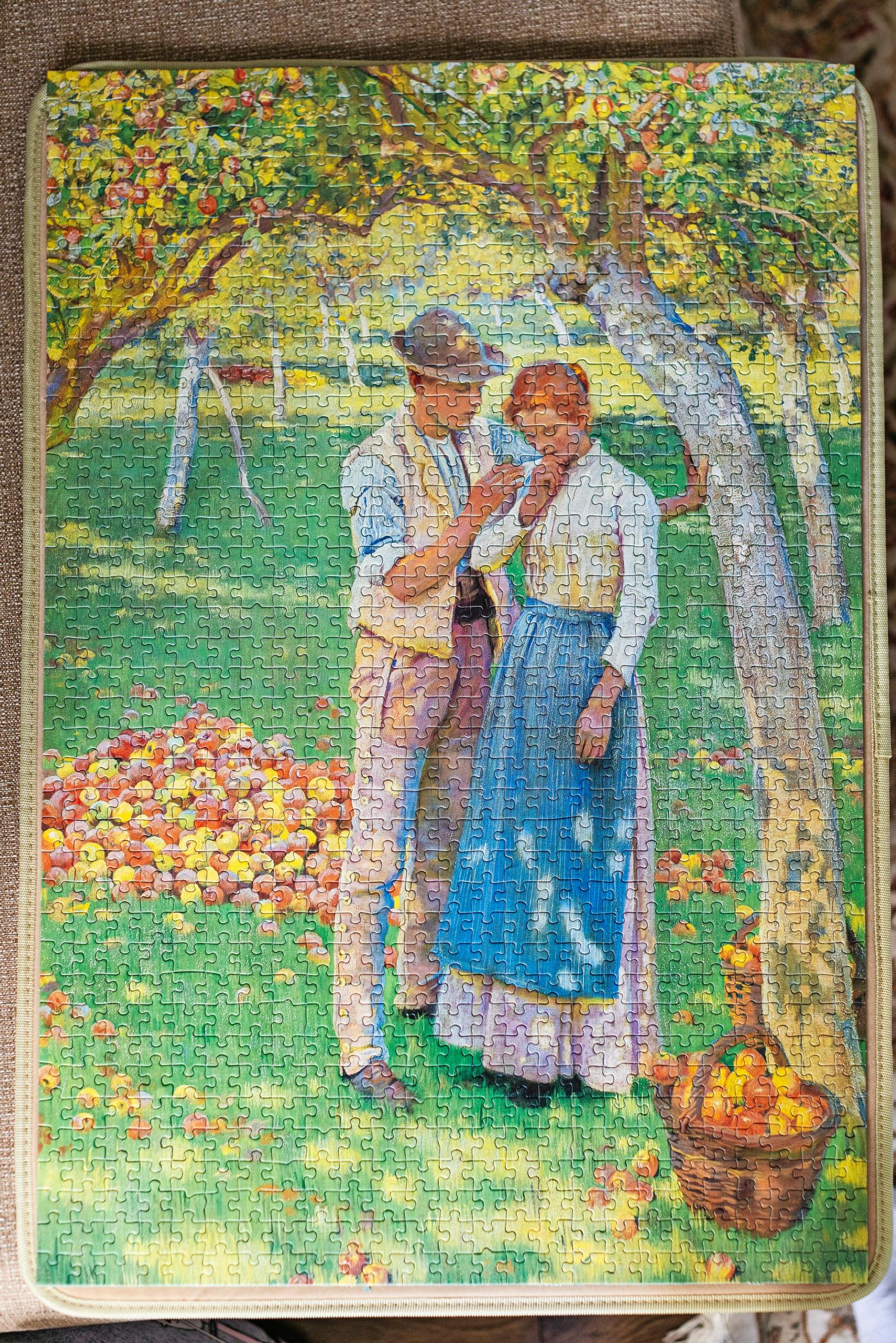Jigsaw puzzle master: Kira’s incredible talent took her to the world championship finals
For Kira Rainvuori, jigsaw puzzles are everyday mindfulness. “Except when I’m competing in speed,” Kira says.
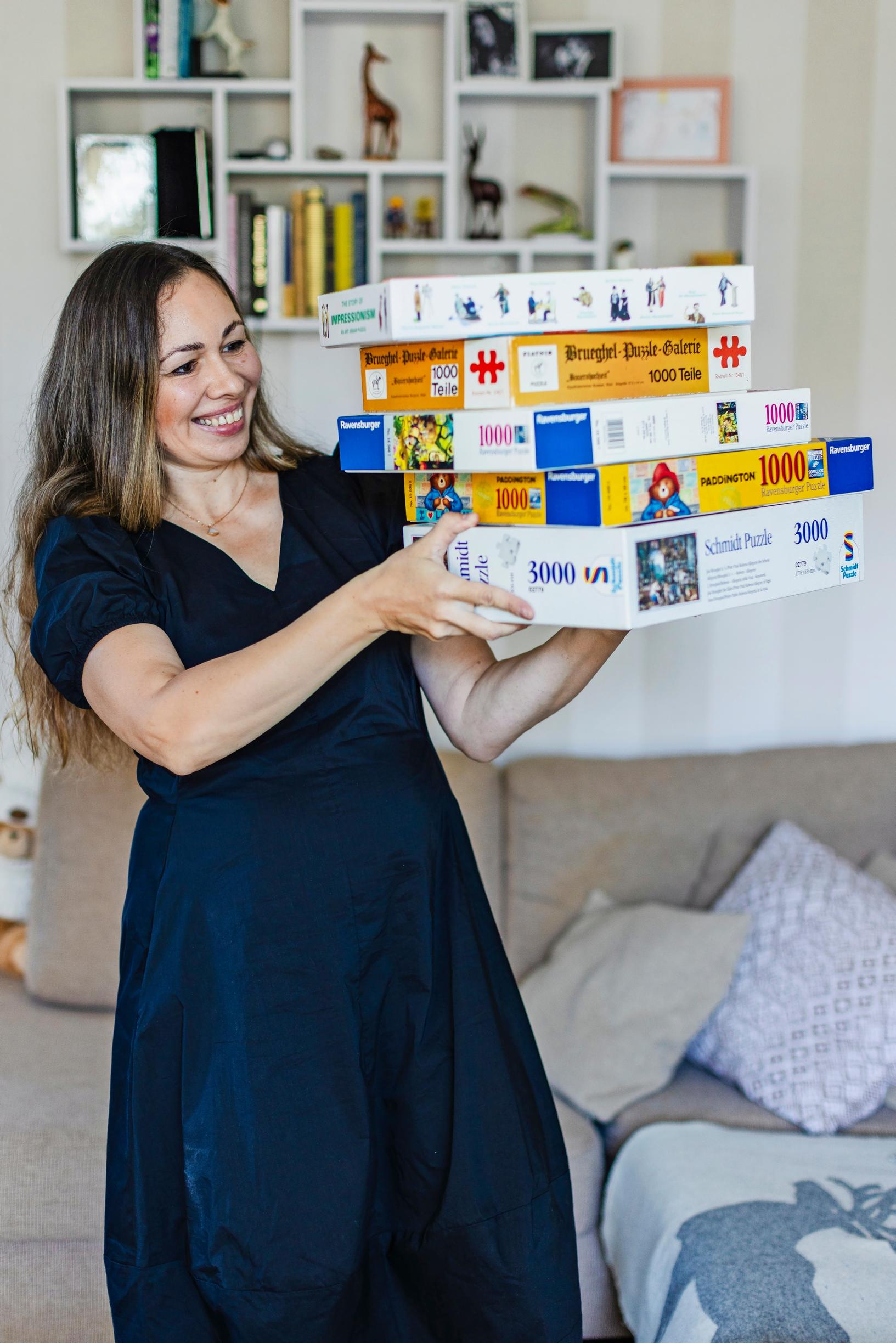
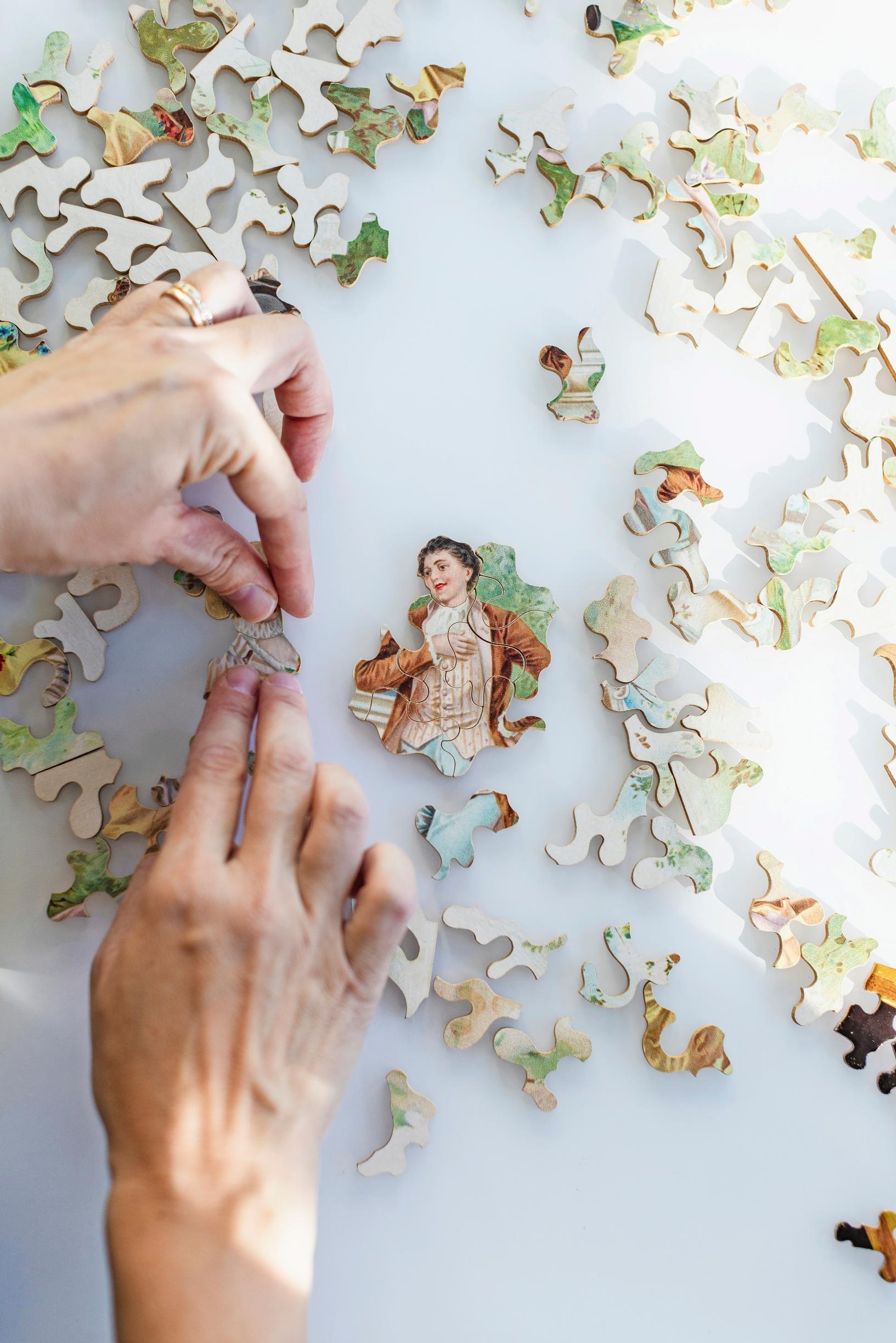
When Kira Rainvuori begins putting together a jigsaw puzzle at her kitchen table, she is in no hurry. For this mother of two and teacher of English and Russian, puzzles offer personal time and a chance to unwind. At the same time, this hobby also allows her to push the limits of her speed and dexterity. Last autumn, Kira made it all the way to the finals of a world jigsaw puzzle speed competition.
Kira, how did you discover jigsaw puzzles?
I was about six years old when my mother, who worked as a documentary filmmaker, brought me three jigsaw puzzles as souvenirs from her work trip to what was then East Germany. Their subjects were a steam locomotive, the big-nosed dwarf from Wilhelm Hauff’s fairytale, and Robinson Crusoe.
At the time, we lived in the Soviet Union, where I had never even seen puzzles before. Gradually, it became a shared hobby for our whole family. We had a large table in our living room, where my mother, my grandmother, and I would gather to assemble these puzzles—or “art pictures,” as we called them. It was a wonderful way to spend time together.
I assembled my first large-scale art puzzle when I was 14.
Why did you become interested in collecting art puzzles specifically?
I enjoy old visual art: Renaissance, Impressionism, Art Nouveau, Realism, and Naturalism. My father is a painter, and I love the color palettes and atmosphere of historic art. I assembled my first large-scale art puzzle when I was 14.
I often buy artworks in the form of jigsaw puzzles as souvenirs at art exhibitions. Sometimes I take a photo of myself beside a piece that I have also completed as a puzzle. Last year, I took a photo of myself next to Johannes Vermeer’s The Lacemaker painting at the Louvre in Paris.
I have more than 650 puzzles in my collection, with the oldest dating back to the early 1900s. I am very fond of the works of both Pieter Brueghel, the Elder and Younger, as well as Jan Brueghel. My favorite art puzzle is Pieter Brueghel the Elder’s The Peasant Dance. It was impressive even as a 4,000-piece puzzle.
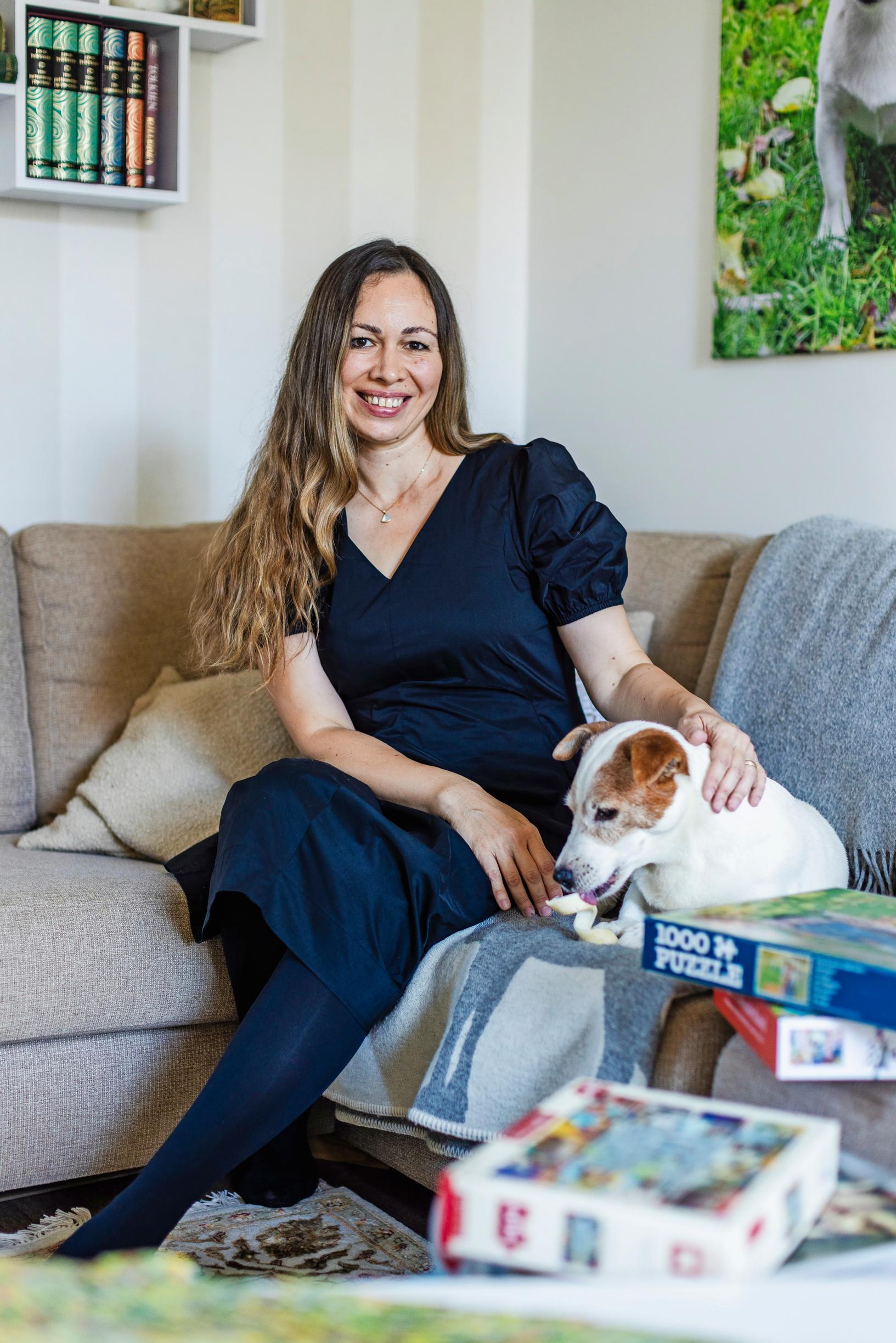
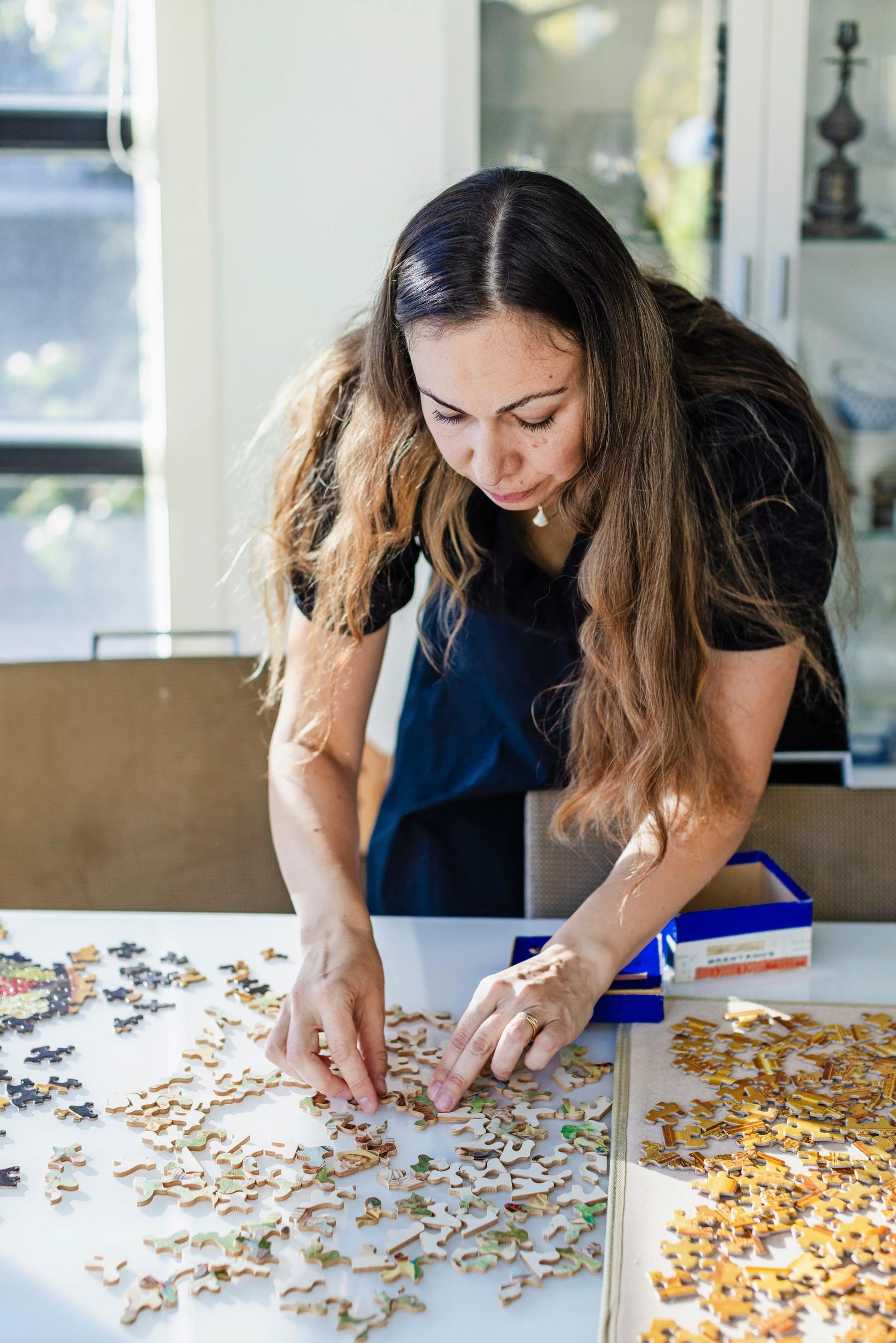
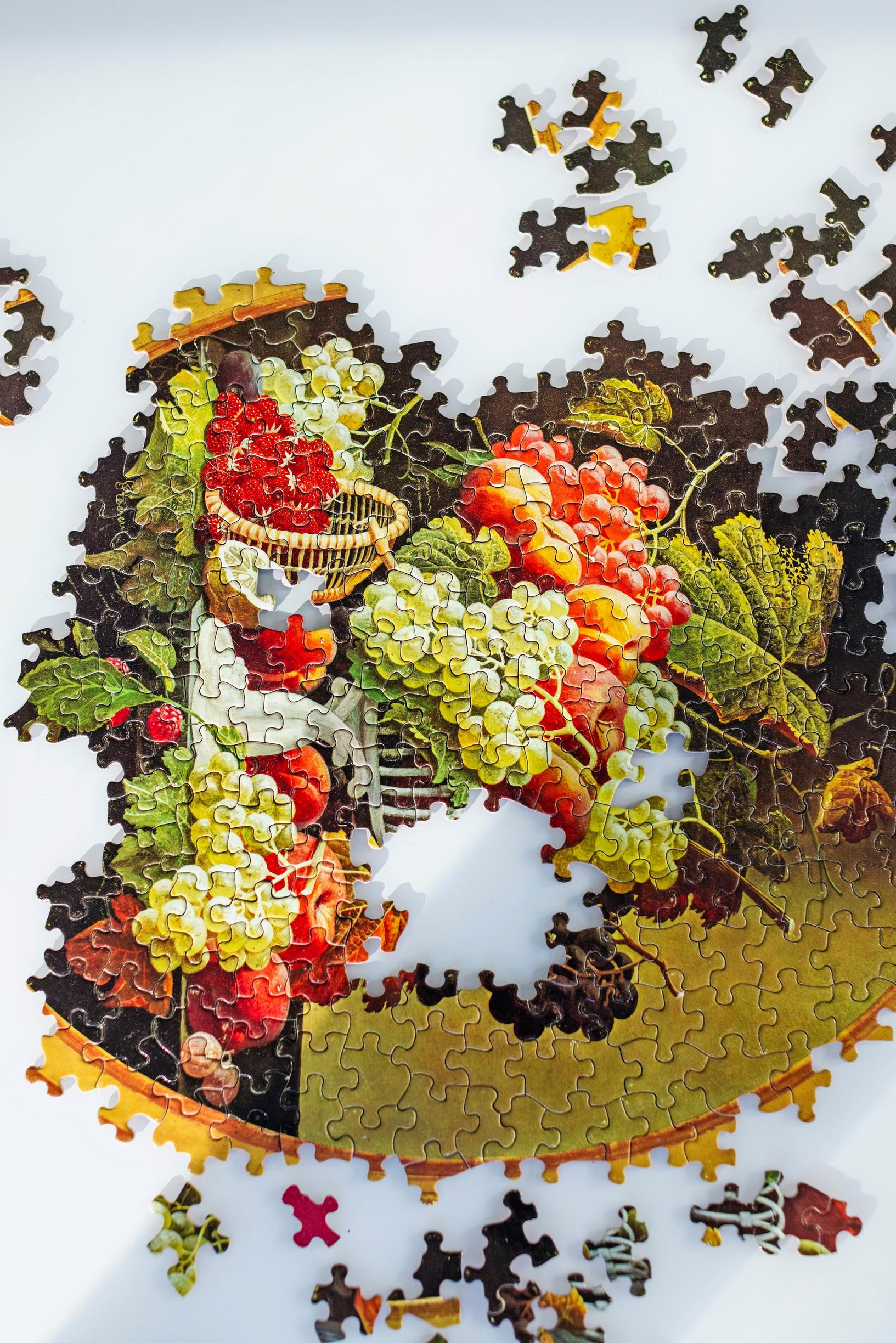
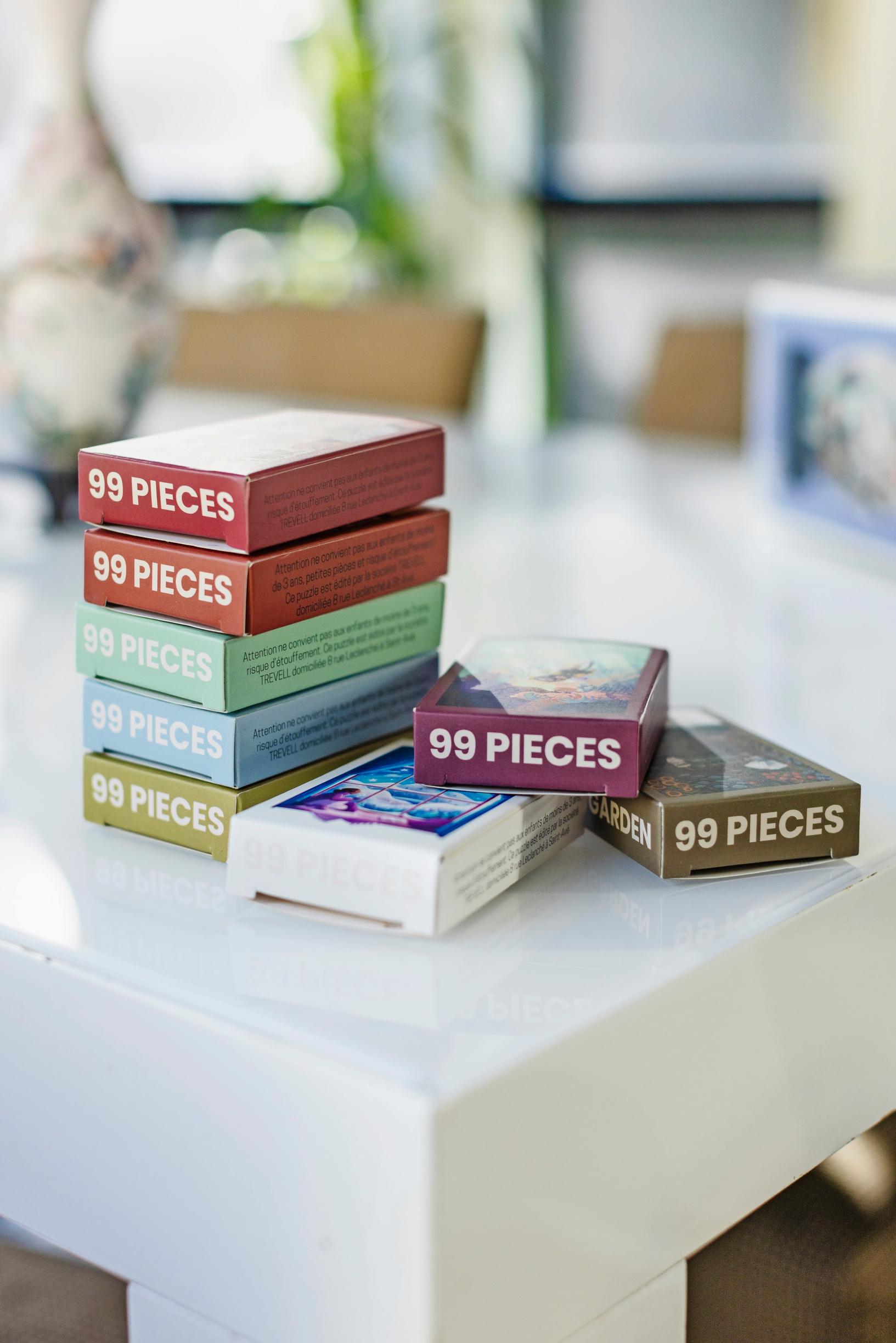
How often do you work on puzzles?
I do puzzles almost every day for about an hour. I prefer puzzles with 500 to 3,000 pieces. Usually, taking my time with a 1,000-piece puzzle takes two or three evenings. What I love most is that I can enjoy this hobby at home and build a puzzle piece by piece. I start by flipping all the pieces face up and choosing those that belong to a certain section. Then I complete one section before moving on.
I usually only assemble a puzzle once. If I want to practice for speed, I might do the same puzzle again. Once I finish, I take it apart.
I take great care of my puzzles. I assemble them at home on a board and keep them out of the children’s reach. My six-year-old daughter is also interested in working on puzzles, and she helps me find pieces on the floor if any drop. She calls herself the “master” of doing that.
My 18,000-piece puzzle is the only one I haven’t finished yet.
Has any puzzle been too difficult?
Colin Thompson’s Ludicrous Library, which has about 18,000 pieces, is the only puzzle I haven’t completed so far. It is also my largest art puzzle. I was pregnant when I tried to assemble it, and it became hard to reach across the big table in our lakeside sauna building. I will finish it someday!
The puzzle comes in four packages, each containing 4,500 pieces. You can put each section together separately and then connect them to form the complete picture. It is nearly three meters tall and two meters wide when assembled.
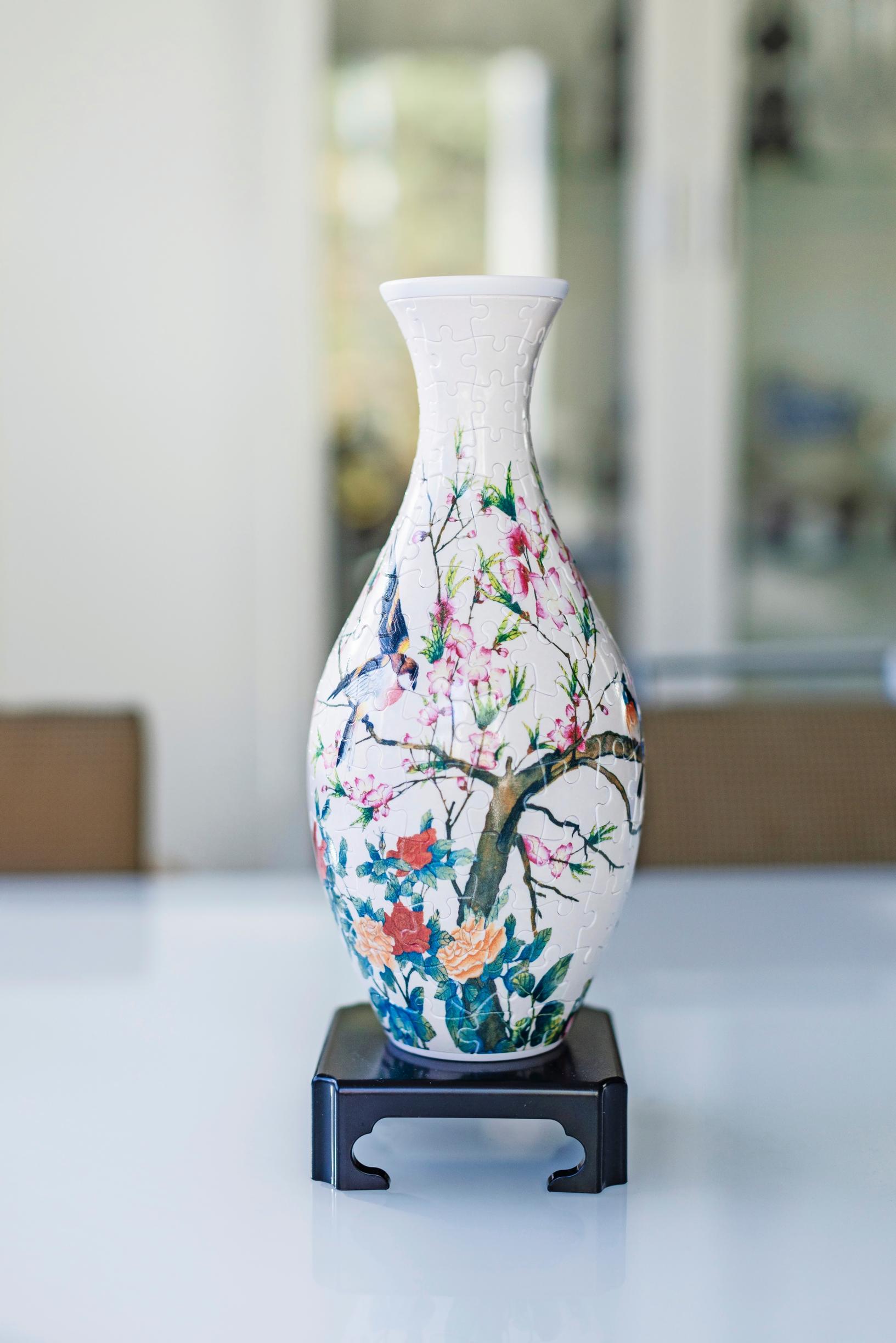
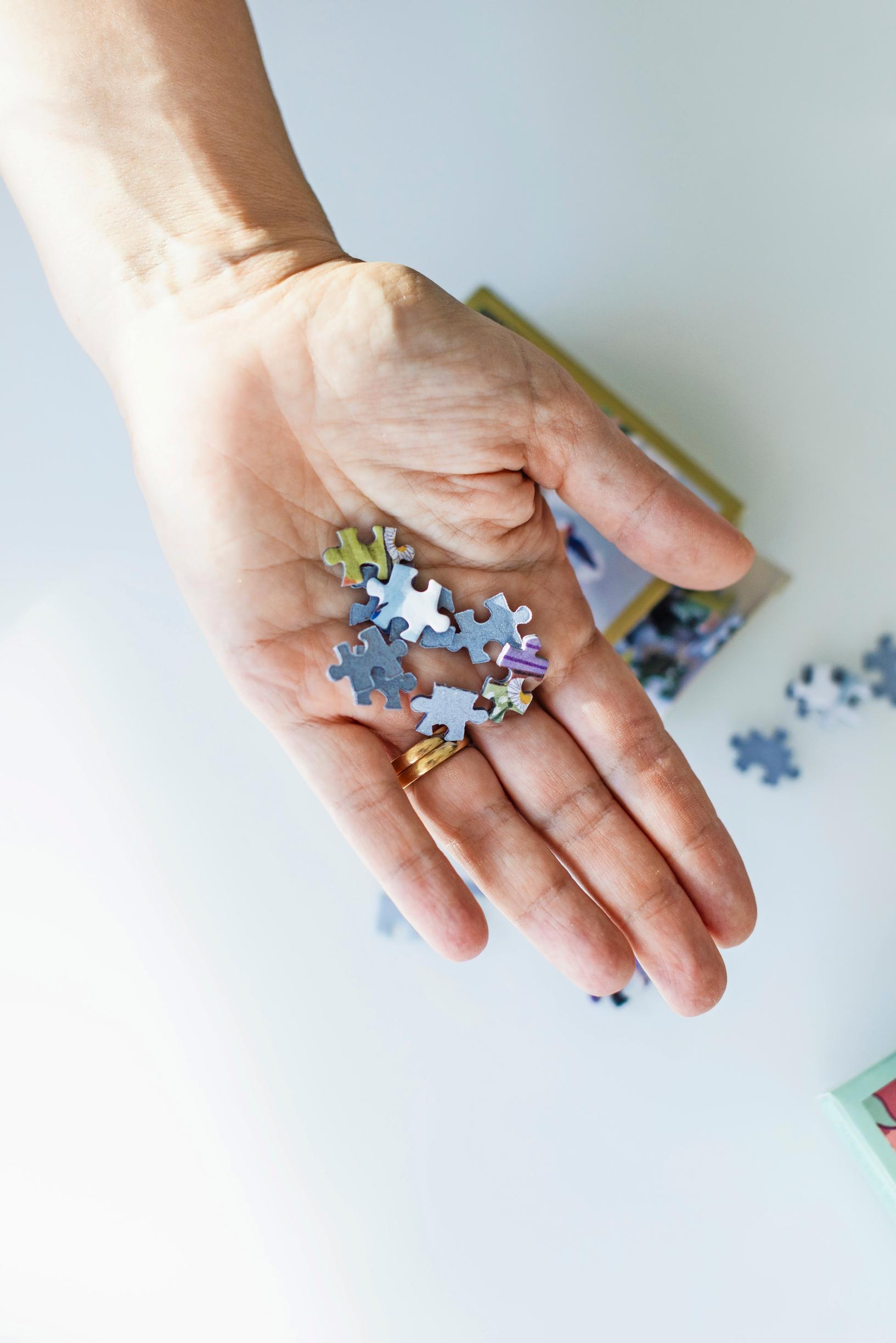
Some people find applause distracting, but it only encourages me to go faster.
How did you end up competing?
A friend asked me on Instagram if I’d be interested in competing. Last year, I took part in Finland’s very first jigsaw puzzle championships. My family and I traveled to the World Championships in Spain last autumn, where around 1,200 participants were divided into six groups, each with its own puzzle. The semifinal and final puzzles are usually unpublished, so they’re new to everyone. I reached the World Championship finals in both the pair and group competitions.
The adrenaline rush of speed competitions makes my cheeks red. In individual contests, everyone assembles the same puzzle, and a 500-piece puzzle is finished in just over an hour.
Large uniform areas are the most challenging, such as wide swaths of brown or green scenery. Many people find details easier, but I think they’re tough when I’m racing against the clock. During competitions, the audience applauds to encourage progress. Some people find applause distracting, but it only encourages me to go faster..
Kira’s tips for vintage puzzles
- You can find old art puzzles at flea markets or from other collectors. Prices usually range from one euro to a few dozen euros.
- Used puzzle boxes often have tape on them. You can remove it without damaging the box by warming the tape with a hair dryer.
- Old art puzzles are usually packaged more loosely than new ones. You can store them nested in their boxes and separate the pieces into bags.
